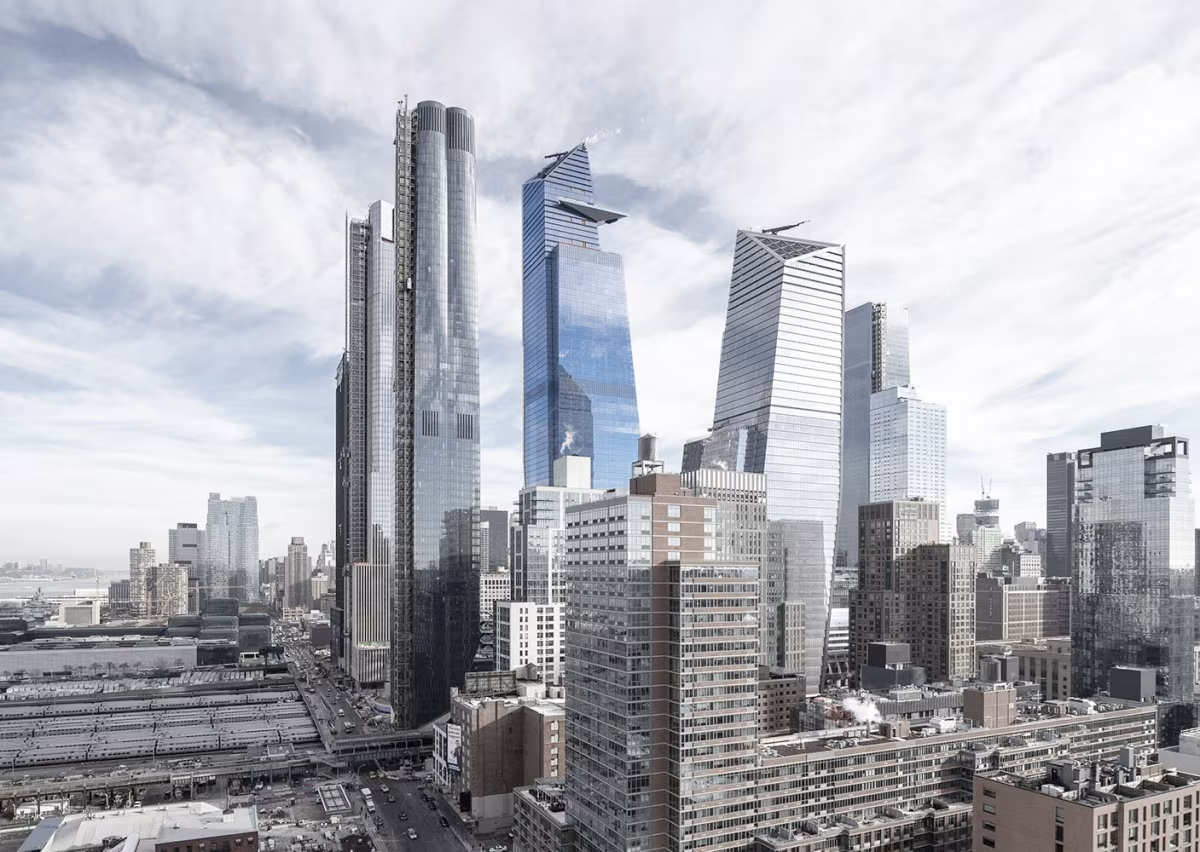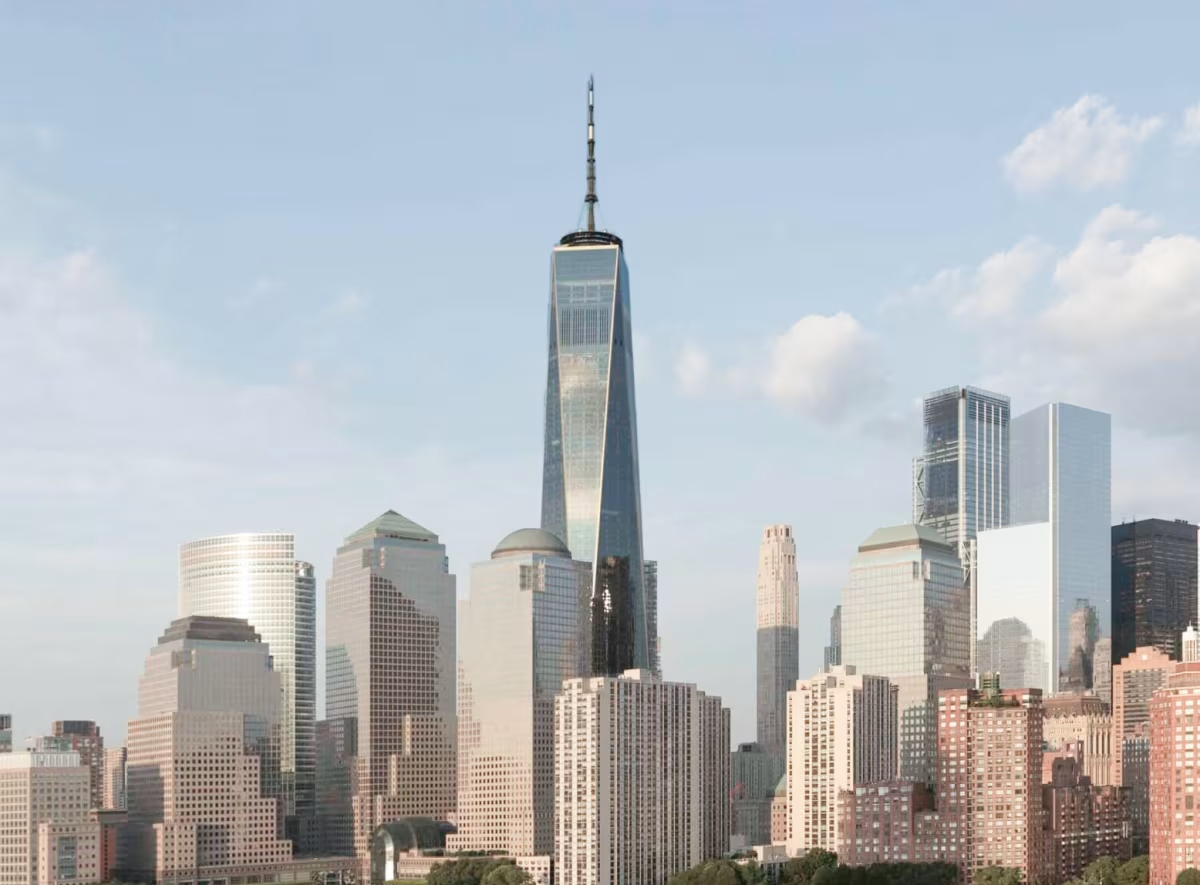30 Hudson Yards vs One World Trade Center


Comparing the 30 Hudson Yards and the One World Trade Center is interesting because they both stand in New York, NY, and were completed within 5 years of each other, but they were designed by different architects.
This offers a unique glimpse at how rival designers approached projects in the same city during the same era.
Height & Size
The One World Trade Center is clearly the larger tower of the two, both in terms of height and number of floors. It rises to 1775ft (541m) with 104 floors above ground, while the 30 Hudson Yards reaches 1296ft (395m) with 73 floors above ground.
Of course, each project may have faced different briefs or regulatory constraints, which we don't really know about and could also explain the outcome.
Architectural Style
Both the 30 Hudson Yards and the One World Trade Center were designed in line with the aesthetic conventions of the Contemporary style.
At the time, this style was at the height of its popularity. So both Kohn Pedersen Fox Associates and Skidmore, Owings & Merrill followed what was in many ways expected of them, producing designs that fit comfortably within contemporary architectural norms, rather than breaking with convention.
Uses
Both the 30 Hudson Yards and the One World Trade Center were designed to serve as commercial towers, and that has remained their main use since their completion, serving similar roles in the urban fabric.
Structure & Facade
The two towers rely on different structural systems, reflecting distinct engineering strategies.
The 30 Hudson Yards uses a Trussed Frame structural system, which uses diagonal bracing in addition to beams and columns for stability, while the One World Trade Center uses a Framed Tube In Tube system, that combines a strong central core with a perimeter tube of columns.
Yet, when it comes to their facade, they both employed the same solution, a Curtain Wall facade.
A curtain wall is a non-load-bearing facade hung from the structural frame. It is anchored to floor slabs and transfers only its own weight and wind loads, allowing for sleek, glassy exteriors.
| 30 Hudson Yards | One World Trade Center | |
|---|---|---|
| Kohn Pedersen Fox Associates | Architect | Skidmore, Owings & Merrill |
| 2011 | Design Started | 2005 |
| 2014 | Design Ended | 2007 |
| 2014 | Construction Started | 2006 |
| 2019 | Year Completed | 2014 |
| Contemporary | Architectural Style | Contemporary |
| Commercial | Current Use | Commercial |
| 73 | Floors Above Ground | 104 |
| 1 | Floors Below Ground | 5 |
| 342 | Last Floor Height | 386 |
| 395 m | Height (m) | 541 m |
| 59 | Number of Elevators | 73 |
| Trussed Frame | Structure Type | Framed Tube In Tube |
| Steel | Vertical Structure Material | Steel |
| Poured Concrete Over Metal Decking | Horizontal Structure Material | Poured Concrete Over Metal Decking |
| No | Facade Structural? | No |
| Glass, Steel | Main Facade Material | Glass, Steel |
| Tishman Construction | Main Contractor | Tishman Construction |
| Jaros Baum & Bolles | MEP Engineer | Jaros Baum & Bolles |
| Thornton Tomasetti | Structural Engineer | WSP Group |
| Heintges | Facade Consultant | Isreal Berger And Associates |
| Jaume Plensa | Collaborating Artist | Kenneth Snelson |
| NY | State | NY |
| New York | City | New York |
| 500 West 33rd Street | Address | 285 Fulton Street |